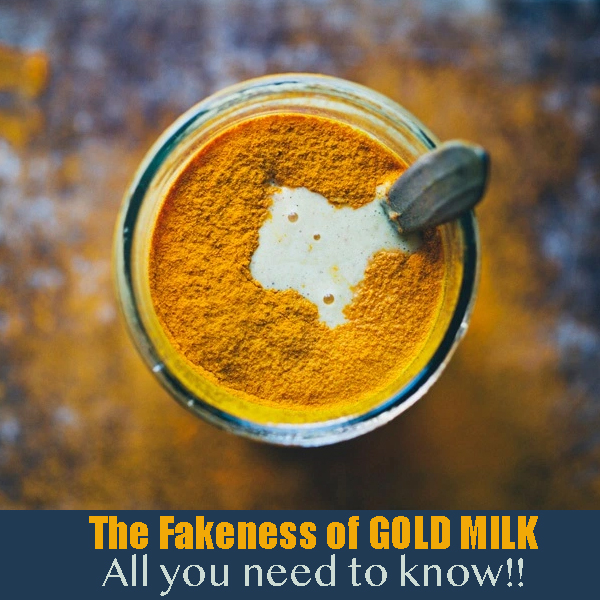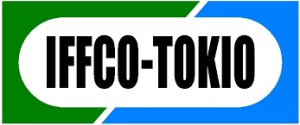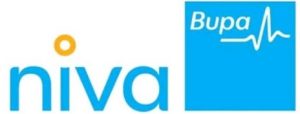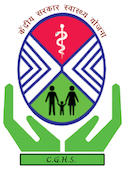Ayurveda belongs to a very old system. Therefore much of the literature is available in Sanskrit. But with time, the new generations added certain new things in domain of Ayurveda. So we have two types of the knowledge associated with Ayurveda. One is classical part. And other one is which new generation included in recent years. The panchakarma, you can say original one, is classical panchakarma. Rest all the procedures are just modifications.
Classical Ayurvedic Panchakarma is a very sophisticated treatment. These are highly specific in terms of treatment. And the main aim of these procedures is to ensure the complete health. External Panchakarma can relate to the relaxation, but not the classical panchakarma procedures. Modes of actions consist of three levels:
- Somatic levels: This level includes necessary measures of metabolism, Immunity and Free- radical elimination.
- Physic level: It includes anti-stress and relaxation of mind. It helps in concentrating and increase memory.
- Neuro-endocrine level: It consists of all hormonal changes secreted by endocrine glands and controlled by the nervous system.
Not a cup of tea for everyone
Because of the specialisation in these procedures. These should perform in a very proper way. There is a strong exclusion and inclusion criteria for these procedures.
It is important to clear about this, because in routine patients collect the details from some “website” and visit some center like ours and ask the physicians to do the procedure. And in most of the cases these patients are never ready to understand “seriousness” of these panchakarma procedures. Many times it is hard to convey to such patients that classical panchakarma is not a cup of tea for everyone.
Here are certain conditions where we cannot do any of these Panchakarma procedures.
- Old age patients come under exclusion criteria.
- Patients with high BP are not good for Panchakarma.
- In uncontrolled diabetes, panchakarma is not good.
- Generally avoided for the patients who had some bypass surgery or had a pacemaker implanted.
- In serious conditions like kidney failure, a physician panchakarma should avoid.
There are certain basic requirements for classical Ayurvedic Panchakarma. And these are-
- A person should go with Panchakarma only under “experienced” physicians.
- Selection of patient is completely comes under discretion of an Ayurveda physician.
- The place where panchakarma will perform should have all better facilities.
Three stages of classical panchakarma
Classical Ayurvedic Panchakarma process includes three main components, i.e. Pre-procedure phase, Procedure Phase, post-therapy procedures.
In starting phase, per-procedure phase- with intake of fats like Ghee and Tail- softening of toxins completes. Because here we do target the toxins which are fat soluble. Along with the softening of toxins, toxins starts moving to the GIT so these can be washed off through any of the routes.
Main procedure is to remove the toxins from the system. The main five karmas help in this process.
While removing toxins, this is not possible to maintain the homeostasis like a normal condition. Therefore after completion of the main procedure a dietary regime comes in plan.
Benefits of Panchakarma
There can be several benefits of Classical Ayurvedic Panchakarma. These benefits are basically according to the procedure. And you can find these details on the concerned pages of these procedures. Some most common benefits are as follows:
- Basti helps in neurological diseases, joint problems and problems related to musculature. But over all domain of the Basti is too big to narrate in words. Therefore Charaka himself says- basti is half of the complete treatment.
- Vamana helps in skin diseases, bronchial issues and problems with metabolism.
- Virechana works well in diseases associated with blood and digestive system.
- And when it comes to reach to the brain by avoiding blood brain barrier, Nasya works wonders.
This is all about indications and involvement of the doshas. And only a well trained physician should take this call not a patient.
Five tools of cleansing
Vamana
- Vamana means vomiting.
- So in this procedure removal of toxins take place through Vomiting.
- Vamana is beneficial in diseases of Kapha dosha.
- There are strong exclusions about Vamana, because this process can complicate and can lead to medical emergency.
- This is done for respiratory problems like bronchitis, cough, cold and asthma. It also treats chronic allergies.
- The period for this process is approximately 10 days.
Virechana
- It is done after Vaman karma is finished and medicines are used according to weather and conditions.
- It is clearing of bowels. The patient is provided by many purgatives and bowel increasing elements making the gut.
- This therapy is done for treating skin diseases, gastrointestinal dysfunctions. It completely eliminates diabetes and headaches. It also treats the dosha related to excess pitta in the body.
- The duration of this treatment is 10 days.
- Generally avoided for children, old, weak persons and psycho fearers.
Nasya
- It includes removal of wastage through the nose. Nasya cleans the trapped mucus from paranasal sinus. And it medicates the central nervous system. It combats respiratory issues and allergies.
- Through nasal routes, medical oil is used, and treatment is done. Some preferred medicinal oils are til oil & castor oil.
- It is basically for problems such as nervous system disorders, migraine headaches, eye & issues of ear and sinus congestion.
- This treatment flushes out the toxins from the head and neck region.
- Duration of complete Nasya treatment is 7 days.
Basti
- It removes all toxins out of the colon. All loosely available impurities available in the body are flushed out by the effect of basti.
- Oil is used in this treatment is castor or medicated oil and given through anorectal, urethral or vaginal. It also involves herbal oil like sesame oil.
- Vata is mainly diagnosed for such treatment, and elimination of bile, urine and other excreta is done in this.
- It treats backache, sciatica, pain in joints, chronic fever and kidney stones.
- Done for the time of 8 to 30 days.
Raktamoskshna
- As the name signifies, it clarifies and purify the blood and treat skin infections like dermatitis and psoriasis. Impure blood is the underlying cause of hypertension, repeated diseases and skin disorders like rashes, herpes, acne and hives.
- It also treats for the cases of enlarged liver, spleen and gut.
- In this, blood is removed in small quantity in a controlled manner very carefully. It neutralizes the pitta toxins present in the blood.
- It is mainly of two types:
- Shastra Visravana: It uses sharp instruments for Raktamoskshna.
- Anushastra Visravana: No instrument is used for Raktamoskshna
Generally How a day progresses with Panchakarma
A typical day following Classical Ayurvedic Panchakarma is like:
- Practice gentle yoga after waking up with the sunrise.
- Drink cup of tea with spices (cumin, fennel seeds and cardamom) and herbs to remove the dosha.
- Take a light breakfast and enjoy it. The first treatment after breakfast is massage by oil like castor or medicated oil.
- To release toxins spend time in a wet or dry steam room.
- Lunch should be detoxifying, including rice, lentils and kitchari.
- Meditate, sit or walk in nature to detach from technology. Take other treatments with small naps whenever required.
- Have a light dinner of kitchari or boiled vegetables and rice.
Diet in Classical Ayurvedic Panchakarma plays a very crucial role and includes the light quickly digesting food like kitchari diet. Kitchari diet includes lentils, basmati rice and medicinal spices and herbs. Some food items need to be eliminated from a diet like coffee, green juice, salads and smoothies. A person undergoing Classical Ayurvedic Panchakarma treatment needs to abstain from Pizza, sandwiches and junk food with all processed food.














